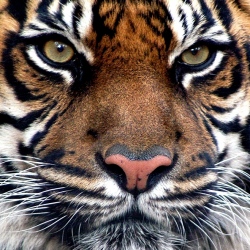
AMONG the mysteries of evolution, one of the most profound is what exactly happened at the beginning of the Cambrian period. Before that period, which started 541m years ago and ran on for 56m years, life was a modest thing. Bacteria had been around for about 3 billion years, but for most of this time they had had the Earth to themselves. Seaweeds, jellyfish-like creatures, sponges and the odd worm do start to put in an appearance a few million years before the Cambrian begins. But red in tooth and claw the Precambrian was not—for neither teeth nor claws existed.
Then, in the 20m-year blink of a geological eye, animals arrived in force. Most of the main groups of the animal kingdom—arthropods, brachiopods, coelenterates, echinoderms, molluscs and even chordates, the branch from which vertebrates went on to develop—are found in the fossil beds of the Cambrian. The sudden evolution of this megafauna is known as the Cambrian explosion. But two centuries after it was noticed, in the mountains of Wales after which the Cambrian period is named, nobody knows what detonated it.
A group of Chinese scientists, led by Zhu Maoyan of the Nanjing Institute of Geology and Palaeontology, plan to change that with a project called “From the Snowball Earth to the Cambrian explosion: the evolution of life and environment 600m years ago”. The “Snowball Earth” refers to a series of ice ages that happened between 725m and 541m years ago. These were, at their maxima, among the most extensive glaciations in the Earth’s history. They alternated, though, with periods that make the modern tropics seem chilly: the planet’s average temperature was sometimes as high as 50°C. Add the fact that a supercontinent (illustrated above, viewed from the Earth’s south pole) was breaking up at this time, and you have a picture of a world in chaos. Just the sort of thing that might drive evolution. Dr Zhu and his colleagues hope to find out exactly how these environmental changes correspond to changes in the fossil record.
